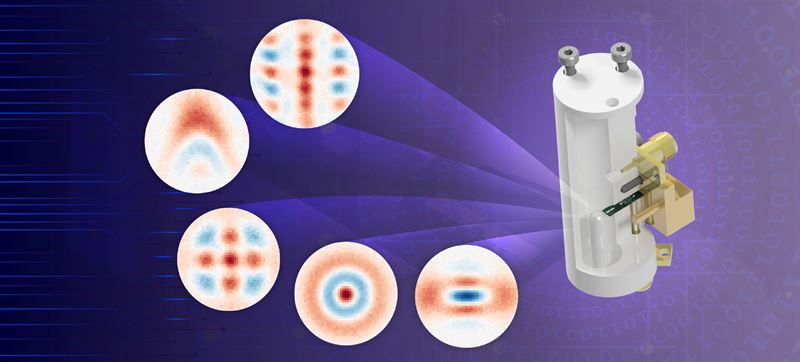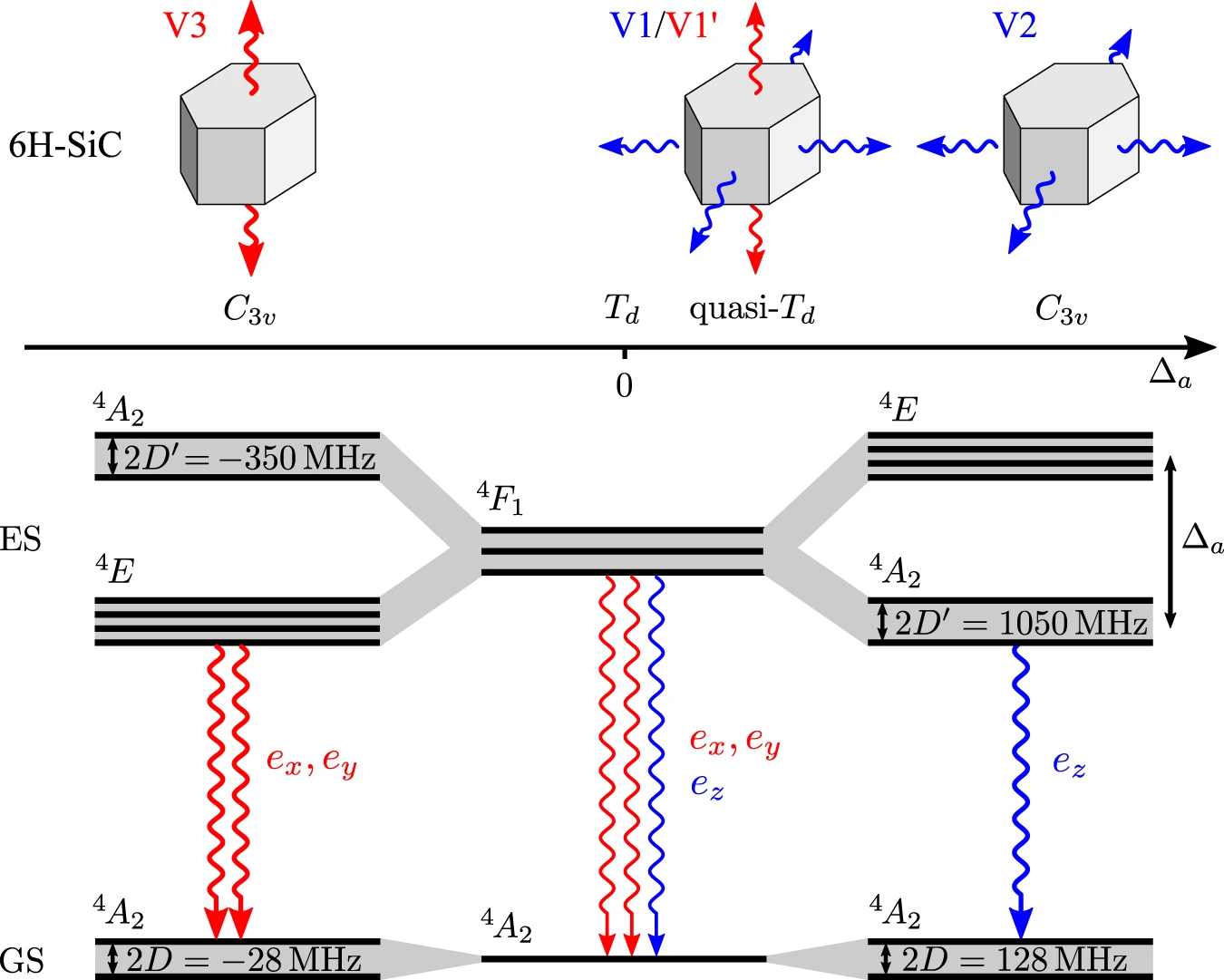Researchers at Chalmers University of Technology have achieved a significant breakthrough in quantum technology by developing a technique to control quantum states of light in a three-dimensional cavity. This advancement represents a crucial step toward efficient error correction in quantum computers.
The research team, led by Simone Gasparinetti, has demonstrated the first-ever practical creation of the cubic phase state—a quantum state that researchers worldwide have been attempting to generate for twenty years. Beyond this specific achievement, the team has established a versatile technique capable of generating virtually all previously demonstrated quantum states of light, including Schrödinger’s cat and Gottesman-Kitaev-Preskill (GKP) states.
The heart of this innovation is a three-dimensional superconducting cavity made of aluminum. The researchers manipulate complex superpositions of photons trapped within this resonator by using a secondary superconducting circuit. Control of the photons’ quantum mechanical properties is achieved through a set of electromagnetic pulses known as gates.
Initially, the team used an algorithm to optimize sequences of simple displacement gates and complex SNAP-gates. When the complex gates proved too time-consuming, they developed methods to shorten them using optimum control techniques for the electromagnetic pulses, significantly improving gate speed and mitigating decoherence effects.
This breakthrough addresses a fundamental challenge in quantum computing: error correction. The technique supports continuous-variable quantum computing, which replaces traditional qubits with resonators that have multiple quantum states rather than just two. This approach enables encoding values in several quantum mechanical states of a resonator, potentially leading to more robust quantum computation.
This work was conducted within the Wallenberg Centre for Quantum Technology (WACQT), a comprehensive research program aiming to establish Swedish leadership in quantum technology. The project benefited from Chalmers University’s full-stack approach to quantum computer development, with expertise spanning from theoretical to experimental work all under one roof.
As lead author Marina Kudra poetically summarized: “I captured light in a place where it thrives and shaped it in some truly beautiful forms.“
Reference: Marina Kudra, Mikael Kervinen, Ingrid Strandberg, Shahnawaz Ahmed, Marco Scigliuzzo, Amr Osman, Daniel Pérez Lozano, Mats O. Tholén, Riccardo Borgani, David B. Haviland, Giulia Ferrini, Jonas Bylander, Anton Frisk Kockum, Fernando Quijandría, Per Delsing, Simone Gasparinetti. Robust Preparation of Wigner-Negative States with Optimized SNAP-Displacement Sequences. PRX Quantum, 2022; 3 (3) DOI: 10.1103/PRXQuantum.3.030301



